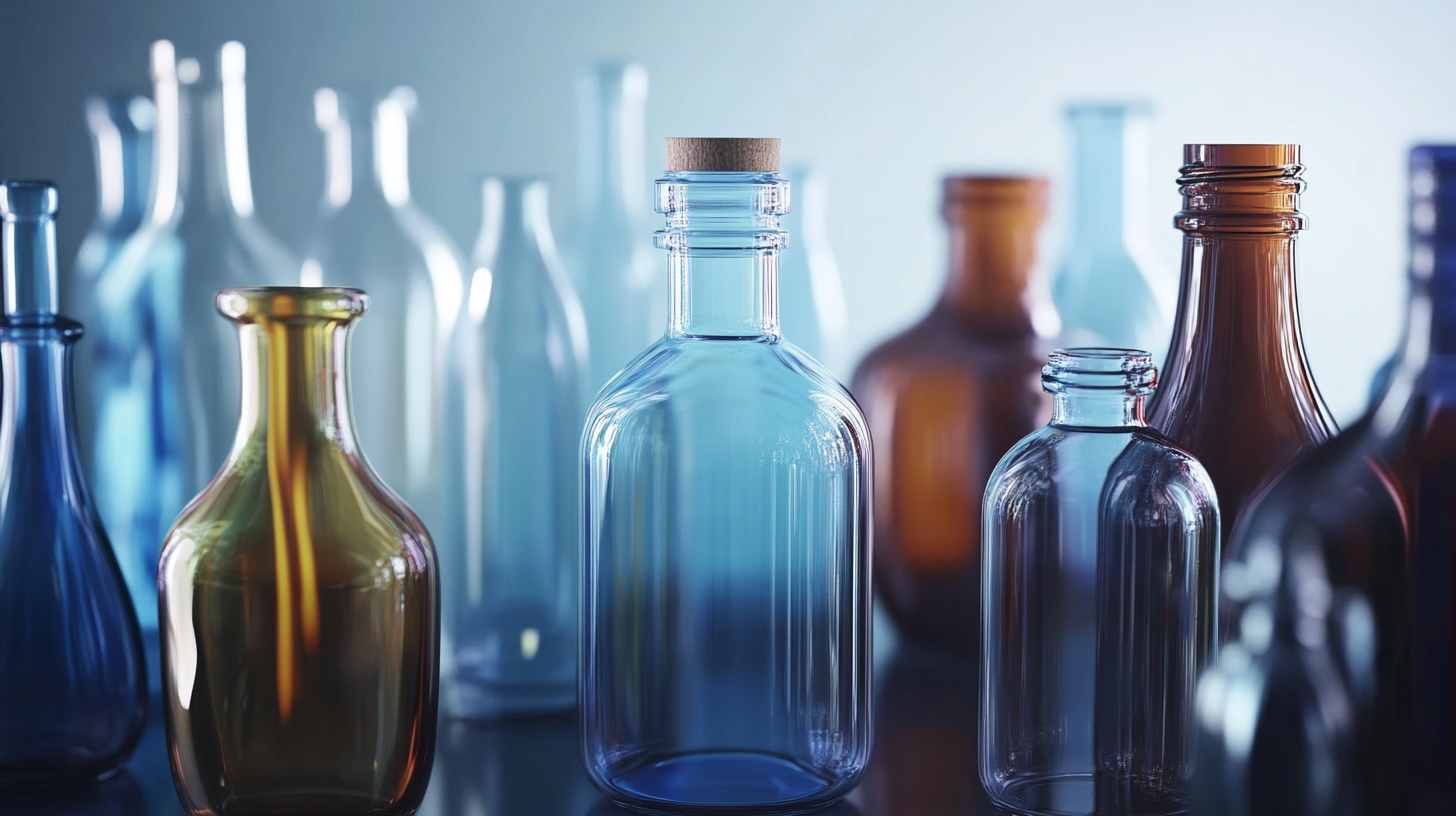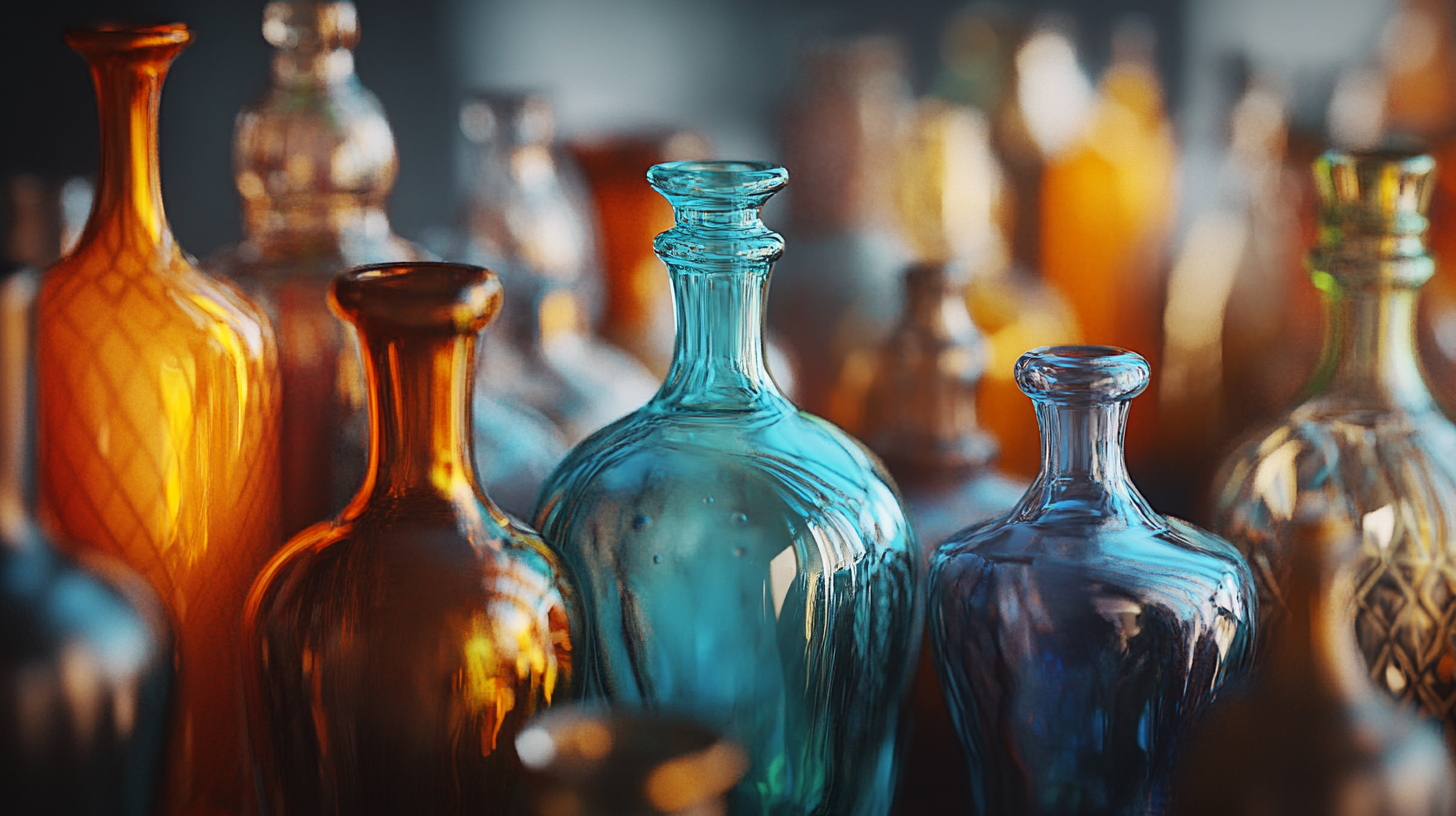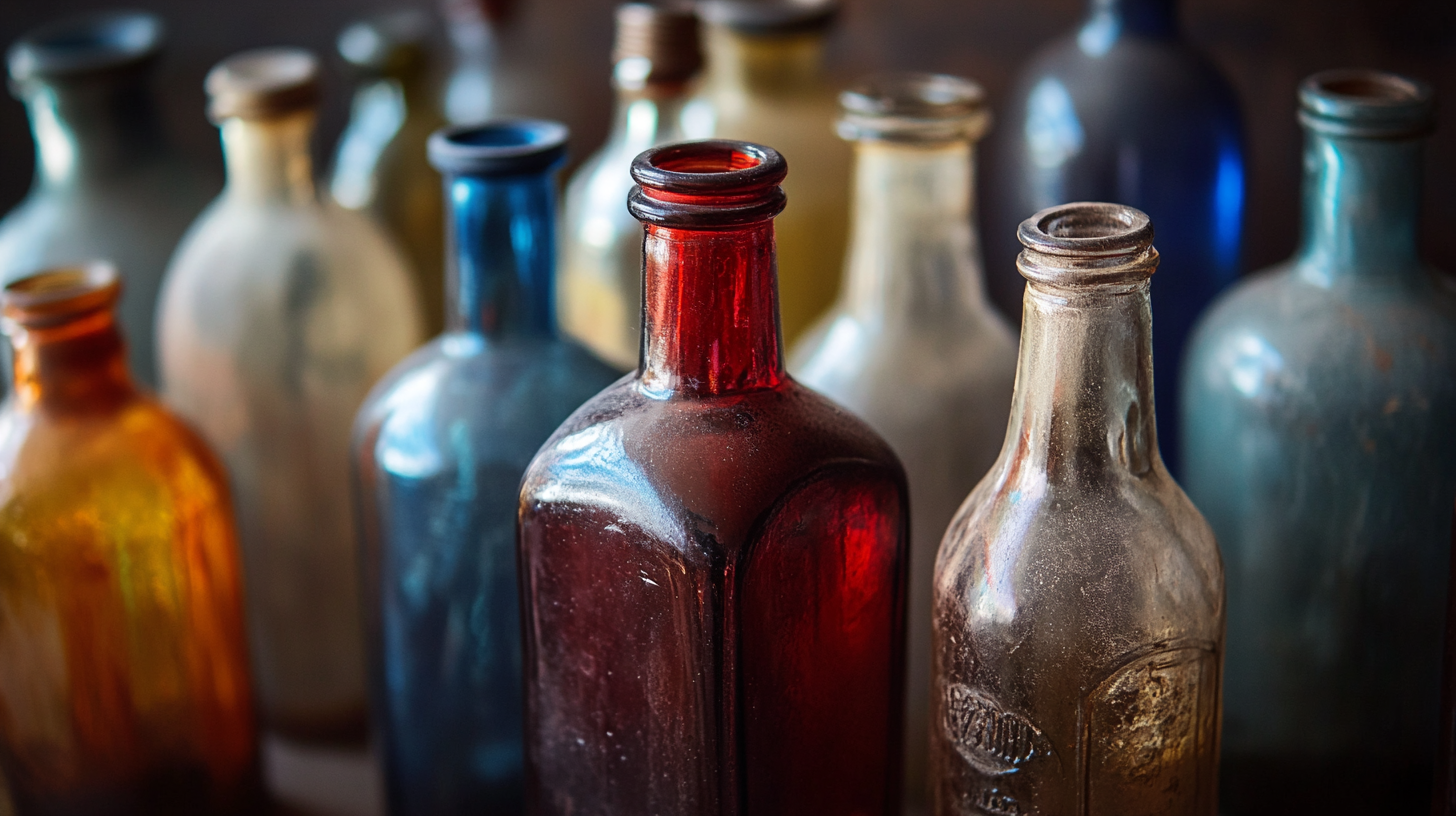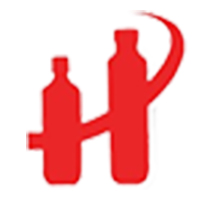 In recent years, the packaging industry has witnessed a significant transformation, with global demand for Bottles and Jars soaring to new heights. According to a report by Grand View Research, the global glass packaging market is projected to reach USD 100.12 billion by 2025, driven by the growing consumer preference for eco-friendly and reusable packaging solutions. This trend reflects a broader shift towards sustainability and functionality, with brands increasingly seeking unique alternatives that align with contemporary consumer values. As manufacturers innovate with materials and designs, we explore the top trends that are shaping the future of Bottles and Jars, offering global buyers insights into what to expect in a rapidly evolving marketplace. Whether it's the rise of smart packaging or the integration of minimalist designs, the journey into the world of Bottles and Jars is unfolding in exciting and creative ways.
In recent years, the packaging industry has witnessed a significant transformation, with global demand for Bottles and Jars soaring to new heights. According to a report by Grand View Research, the global glass packaging market is projected to reach USD 100.12 billion by 2025, driven by the growing consumer preference for eco-friendly and reusable packaging solutions. This trend reflects a broader shift towards sustainability and functionality, with brands increasingly seeking unique alternatives that align with contemporary consumer values. As manufacturers innovate with materials and designs, we explore the top trends that are shaping the future of Bottles and Jars, offering global buyers insights into what to expect in a rapidly evolving marketplace. Whether it's the rise of smart packaging or the integration of minimalist designs, the journey into the world of Bottles and Jars is unfolding in exciting and creative ways.
As global consumers become increasingly aware of environmental issues, the demand for eco-friendly packaging solutions has surged. Innovative materials are at the forefront of this shift in the design of bottles and jars. Manufacturers are exploring options like biodegradable plastics, recycled glass, and plant-based materials that not only reduce carbon footprints but also appeal to sustainability-minded buyers. These alternatives not only serve their primary function of protecting contents but also enhance brand image by aligning with social responsibility values.
Furthermore, advances in technology have paved the way for creative designs using these eco-friendly materials. For instance, brands are now incorporating unique shapes and functionalities into their packaging, utilizing sustainable resources without compromising quality or aesthetics. With vibrant colors sourced from natural dyes and minimalist designs that emphasize the product itself, these bottles and jars are becoming conversation starters on store shelves. In this evolving landscape, businesses that prioritize eco-friendly designs set themselves apart, meeting the expectations of environmentally conscious consumers while contributing positively to the planet.
In an era where aesthetics and functionality converge, packaging design in the beauty industry is evolving significantly. Modern book packaging is increasingly reflecting these principles, marrying visual appeal with practical usability. The integration of deep learning models, such as the AdaBoost and SVR algorithms, allows designers to analyze trends and consumer preferences more effectively. This technology-driven approach ensures that packaging not only attracts attention but also meets functional needs.
Tips for enhancing packaging design include focusing on sustainable materials that resonate with eco-conscious consumers. Employing biodegradable plastics or recycled materials can significantly reduce the environmental impact while enhancing brand image. Another effective strategy is to prioritize user experience — consider ergonomic designs that make the product easier to handle and apply, ensuring that beauty products are as enjoyable to use as they are to look at.
Furthermore, brands should engage in holistic lifecycle assessments of their packaging. This involves evaluating the environmental impact from production to disposal, allowing companies to make informed choices that align with customer preferences and ecological responsibility. By embracing these trends, businesses can create packaging that is not only beautiful but also aligns with the values of today's consumers.
The integration of technology into packaging has become a pivotal trend in the global market for bottles and jars, reflecting a significant shift towards smarter solutions. As consumers increasingly seek sustainability and convenience, smart packaging innovations—such as QR codes, NFC technology, and temperature indicators—are becoming essential. These features not only enhance user experience but also provide valuable information and promote brand loyalty.
Tip: Consider investing in smart technologies for your product packaging. Implementing features like interactive labels can engage consumers and provide transparency about the product's journey, sustainability practices, and usage instructions. This engagement can set your product apart in a highly competitive market.
Moreover, the ongoing growth in the food packaging industry, especially for ambient foods, highlights the demand for materials that ensure safety and freshness. The rise of rigid packaging, projected to reach a market value of approximately $212 billion by 2032, emphasizes the need for robust and reliable packaging solutions. As the industry evolves, incorporating technology into rigid packages will not only improve durability but also streamline supply chain processes.
Tip: Explore sustainable material options for your packaging solutions. Using eco-friendly materials not only caters to the environmentally conscious consumer but also positions your brand as a leader in the green movement, potentially driving customer preference and loyalty.
| Trend | Description | Technology Integration | Sustainability Focus | Market Demand |
|---|---|---|---|---|
| Smart Labels | Labels that provide real-time information on product freshness and safety. | QR codes and NFC technology for instant access to product details. | Biodegradable materials used in smart labels. | Increasing consumer interest in transparency and safety. |
| Interactive Packaging | Packaging that engages consumers through AR experiences. | Augmented reality that provides immersive product experiences. | Use of recyclable materials for AR-activated products. | High demand for experiential shopping and entertainment. |
| Reusable Containers | Containers designed for multiple uses, promoting zero waste. | Enhanced features for tracking usage and lifespan. | Focus on sustainable production and waste reduction. | Growing preference for eco-friendly products among consumers. |
| Temperature Control Packaging | Packaging that maintains optimal temperatures for perishables. | Smart sensors that monitor and adjust temperature conditions. | Utilization of sustainable insulating materials. | Rising need for food safety and quality during transport. |
| Nanotechnology in Packaging | Innovative materials that enhance barrier properties. | Nanomaterials that enable antimicrobial features in packaging. | Focus on extending shelf life and reducing waste. | Increased preference for high-performance packaging solutions. |
In today's competitive marketplace, customization and personalization have emerged as critical trends for brands aiming to meet the unique needs of their consumers. As customers increasingly seek tailored experiences, businesses are finding innovative ways to incorporate personal touches into their offerings. Whether through customizable packaging or personalized product recommendations, brands are leveraging data and technology to create connections with their customers. This trend is evident in various industries, from skincare to travel, where companies are willing to go the extra mile to cater to individual preferences.
The growing demand for personalized experiences reflects a broader shift in consumer behavior. Research shows that a significant majority of consumers prefer brands that understand their unique needs and provide relevant offers. This desire for tailored interactions has prompted brands to invest in advanced marketing strategies, including AI, to analyze user behavior and provide customized recommendations. As the landscape continues to evolve, the importance of recognizing and responding to individual consumer preferences will be crucial for brands seeking to foster loyalty and drive growth in an increasingly personalized economy.

 The landscape of global packaging solutions is rapidly evolving, particularly in the realm of unique bottles and jars. As the single-use packaging market is projected to surge from $583.21 billion in 2024 to an impressive $895.12 billion by 2032, growing at a CAGR of 5.50%, it highlights the burgeoning opportunity for global buyers to explore innovative and sustainable packaging options. This trend is further echoed in the natural cosmetics sector, where the market size is anticipated to reach USD 76.5 billion by 2033, exhibiting a steady growth rate of 5.4%.
The landscape of global packaging solutions is rapidly evolving, particularly in the realm of unique bottles and jars. As the single-use packaging market is projected to surge from $583.21 billion in 2024 to an impressive $895.12 billion by 2032, growing at a CAGR of 5.50%, it highlights the burgeoning opportunity for global buyers to explore innovative and sustainable packaging options. This trend is further echoed in the natural cosmetics sector, where the market size is anticipated to reach USD 76.5 billion by 2033, exhibiting a steady growth rate of 5.4%.
Moreover, the glass packaging market is gaining traction, as evidenced by the Glass Bottles and Containers Market, estimated to reach USD 75.3 billion by 2024 and projected to grow at a CAGR of 4.4% from 2025 to 2034. The shift towards sustainable glass packaging is not just a reflection of consumer preferences but is also transforming the beauty industry, driving manufacturers to innovate finer designs that emphasize both functionality and aesthetic appeal. As buyers seek unique manufacturing solutions, the demand for sophisticated glass jars and bottles will undoubtedly play a pivotal role in shaping market dynamics in the coming years.
